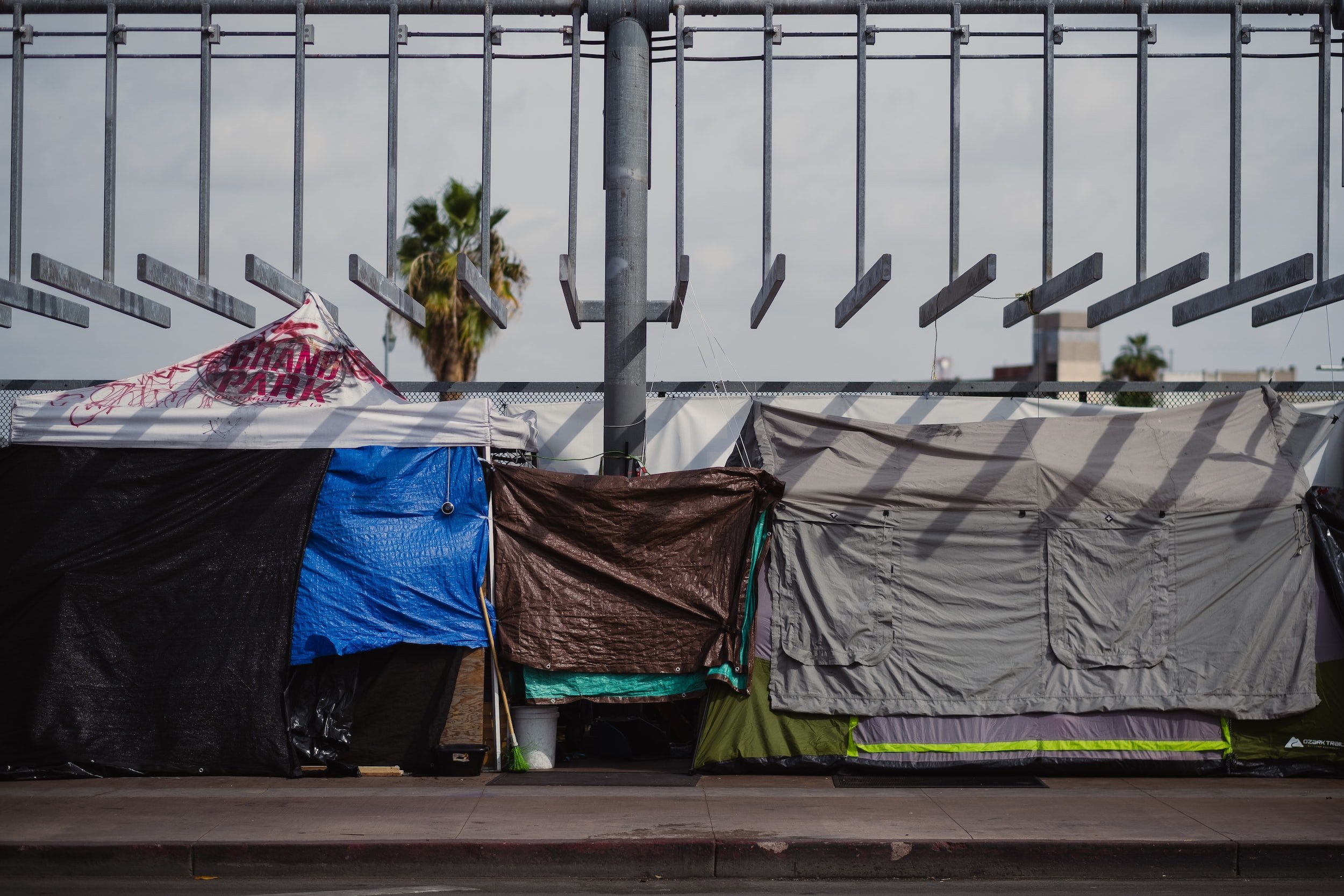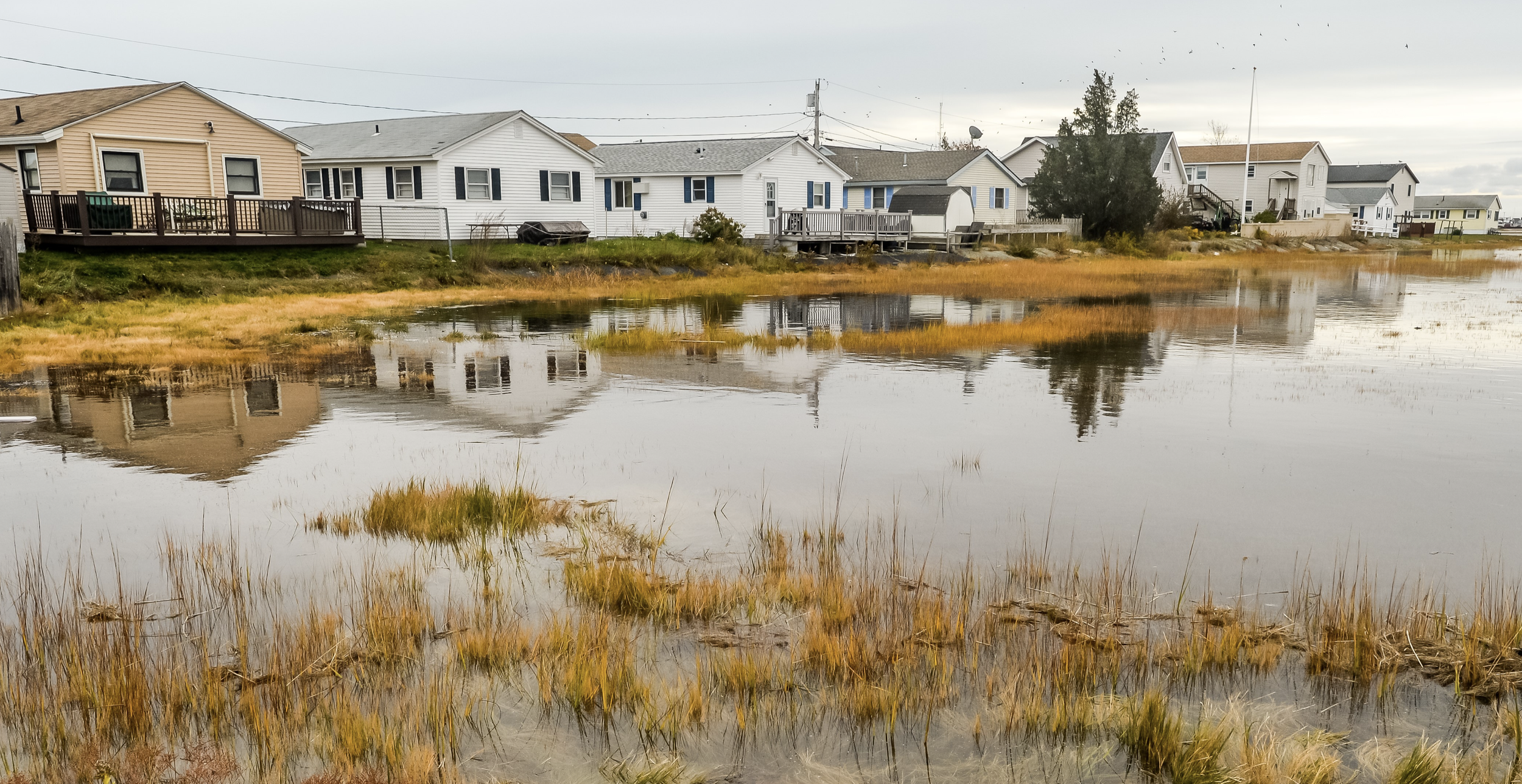
Sanctuary Policies and the Influence of Local Demographics and Partisanship
Today we understand immigration to be a highly polarizing and partisan issue, but it was not always this way. At many times throughout the history of the United States, immigration was a political non-issue, particularly at the local level. When it has arisen as a matter of public debate, partisan cleavages around the issue were far from clearly defined.

Producing and Contesting Meanings of Participation in Planning
When Sherry Arnstein published the seminal article “A Ladder of Citizen Participation” in 1969, she conceptualized participation in terms of varying rungs of power – the power to make planning decisions. In her worldview, participation was inherently political. Today, public participation is part and parcel of many planning and development processes and can be used in conflicting ways, subverting existing power structures and relations in some instances, while affirming them in others. The question then is, what does it mean to “participate”? What and whose objectives and interests does participation serve? What are the democratic principles guiding participation?

Inaccuracies in Low Income Housing Geocodes
Since 1987, the Low Income Housing Tax Credit (LIHTC) has funded more than 90% of subsidized housing built in the United States. Thus, the LIHTC database—maintained by the Department of Housing and Urban Development—is the primary source of insight into where and when affordable housing is built. For researchers or policymakers hoping to map affordable housing, it is critical to know if the geocodes provided by HUD in this dataset are accurate. By reviewing multiple samples of thousands of LIHTC developments individually, we find that HUD-provided geocodes for housing subsidized by the LIHTC are frequently inaccurate.

The Echoes of Echo Park
Despite continued growth in unsheltered homelessness during the COVID-19 pandemic, policymakers continue to implement and enforce quality-of-life ordinances that criminalize the everyday spatial practices of houseless people. These laws are enforced through police sweeps and target necessary life-sustaining tactics associated with one’s status as unhoused, including camping, loitering, panhandling, and cooking food on public sidewalks and in parks. Their material impacts can be illustrated by expanding anti-homeless strategies like the March 24, 2021 displacement of an autonomous encampment in Echo Park Lake, which resulted in the displacement of 193 individuals and demolition of a community kitchen, garden, and semi-permanent structures, as well as the February 14th, 2023 demolition of a woman’s do-it-yourself semi-permanent structure in Skid Row.

“I Can’t Vote if I Don’t Leave My Apartment”
Black women are more likely to be victims of violence than any other group. As a result, research has consistently shown that Black women who experience violence encounter a number of negative outcomes (in physiological health, incarceration, happiness, educational, psycho-emotional wellness, and even the economic), in their present and futures. As a student of politics, I wanted to understand whether firsthand experiences of violence impact the politics and political identity development of Black women. Since research has found Black women living in poverty to be the more vulnerable to violence, I focus on my analysis on adult Black women who live under the poverty-line in Chicago public housing, and have firsthand experiences with residential violence

Where Do They Go?
Is gentrification pushing poor households to the fringes of our cities or to even more marginalized neighborhoods? As many of our nation’s cities increasingly attract young, highly educated professionals, a worrisome trend accompanying this influx is the increase in gentrification. Gentrification has sparked much concern because of the fear of low-income households being priced out of their neighborhoods and pushed into neighborhoods less advantageous than from which they are originating. To date, there has been relatively little research that examines the destinations of households moving from gentrifying neighborhoods.

From Rejection to Legitimation
In April 2021, the City of Portland, Oregon legalized sanctioned, self-managed houseless encampments. It did so in a very pedestrian manner, by amending its land use ordinances that regulate houseless camping in order to make encampments amenable with the city code. This is a big deal! Currently, the regulatory responses by municipalities experiencing high numbers of unsheltered houselessness is quite varied.

Policing Temporality
Numerous studies have shown how gentrification processes promote and are supported by an increase in policing. Areas under gentrification are subject to more intensive police presence, stop-and-arrest practices, aggressive police tactics and surveillance. These claims are raised by long-term residents who suffer from and witness intensified police presence in their neighborhoods, and are also supported by empirical data on 311 calls to police and by qualitative studies with new residents who admit for demanding more police presence.

What Does It Mean to Be Homeless?
Organizations and policymakers have recently brought the definition of homelessness to the forefront, including multiple reports by the Government Accountability Office, and the Homeless Children and Youth Act of 2021 which was introduced but not passed. Much of this debate stems from the U.S. Department of Housing and Urban Development (HUD) not including households living doubled-up – i.e., sharing housing due to economic hardship, loss of housing, or a similar reason – as homeless, contrary to many other definitions of homelessness.

Thank You: A Note From the Editors
As we near the end of our tenure as editors of Urban Affairs Review, we want to thank and publicly acknowledge the people who have supported UAR through service on our editorial board between January 2014 and December 2022. We are grateful for your encouragement, advice, and willingness to spend your time helping us produce this journal.

How Local Contexts Matter for Local Immigrant Policies
Local policies related to immigrant attraction and settlement include efforts to attract and support immigrants for economic development purposes (entrepreneurialism and business start-up support, credentialing), smooth transitions (multi-lingual services, ESL, citizenship support), embracing diversity (multi-cultural community events), and providing assistance in accessing needed local services (housing, health care, employment support).

Why Political Scientists Should Study Smaller Cities
The United Nations estimates more than half of the global population currently lives in cities, and 68% of the world’s population is projected to live in urban areas by 2050 (United Nations 2018). A large portion of this growing urban population lives outside of major metropolitan areas. Yet much of our knowledge about urban politics comes from studying the largest cities, and smaller cities are systematically understudied relative to their share of the population.

Water Utility Districts as Facilitators of Regional Climate Change Partnerships
Unlike much of the literature on regional activity that centers on how general-purpose local governments choose to respond to externalities or other cross-boundary drivers, Jayce Farmer (University of Nevada-Las Vegas) centers existing water utility districts as the key independent variable.

Envisioning a Role for RIGOs in Cross-Boundary Land Use Regulation
The acknowledged value of regional planning is evident in the proliferation of state and federal policies that require coordination between local authorities. However, as Thomas Skuzinski (Northern Illinois University)and Carolina Velandia Hernandez (Northern Illinois University) note, even while regional planning efforts exist the plans themselves lack teeth and land use regulation remains a predominantly local activity.

Investing in Emerging Regional Institutions to Promote Equitable Climate-Ready Regions
In this contribution, Catherine Ashcraft (University of New Hampshire) and Christina Rosan (Temple University) explore the potential for regional planning solutions to the climate crisis in a case study of two initiatives in New England. They note that climate change, like many wicked problems, is a complex set of issues that faces numerous political barriers, and that solutions are unlikely to be unlocked at one level of government.

Projects Not Systems: Why New York Doesn’t Have a RIGO
The greater New York City region is both a substantial population and financial center in the United States, making it a highly contested political territory. Despite (and perhaps because of) its value in this regard, Cameron Gordon (Australian National University), Richard Flanagan (City University of New York), and Jonathan Peters (City University of New York) argue that intense fragmentation in the region creates hurdles to effective regionalism.

Tightening Networks and Deepening Co-Regionalism
Often, scholars investigate co-regional actions by evaluating them in their final form: an interlocal agreement, the charter of a regional authority, or the decisions of a Regional Intergovernmental Organization board. In this post, Lachezar G. Anguelov (The Evergreen State College) introduces us to an embryonic informal network addressing drug addiction and overdoses with stakeholders crossing jurisdictional, sectoral, and policy boundaries.

American Regionalism and the Constellation of Mechanisms for Cross-Boundary Cooperation
In this colloquium, we explore the variety of actors involved in the cross-boundary cooperation that we associate with American regional governance and the evolving connections and relationships between them. We aim to produce a cutting-edge review of the state of the field of American regionalism that is accessible, thought provoking, and forward looking.

Do Shallow Rental Subsidies Promote Housing Stability?
The District of Columbia piloted and evaluated a shallow rent subsidy to answer two questions: Do shallow flexible rental subsidies promote housing stability? And, can they be a vehicle to further stretch the existing housing resources to serve more people?

Wealthier Neighbors and Higher Rents
When it comes to public housing in the United States, the Department of Housing and Urban Development (HUD) is in a bind. Public housing developments across the country are quite literally crumbling in the face of a $70 billion backlog of deferred maintenance and repairs, placing many of the 1.8 million low-income tenants in housing units that may be dysfunctional or unsafe. However, previous efforts to redevelop public housing—most notably, HOPE VI—forcibly displaced low-income renters from their homes, removed affordable housing from cities through demolition without replacement, and catalyzed the gentrification of majority-Black neighborhoods in cities across the country.